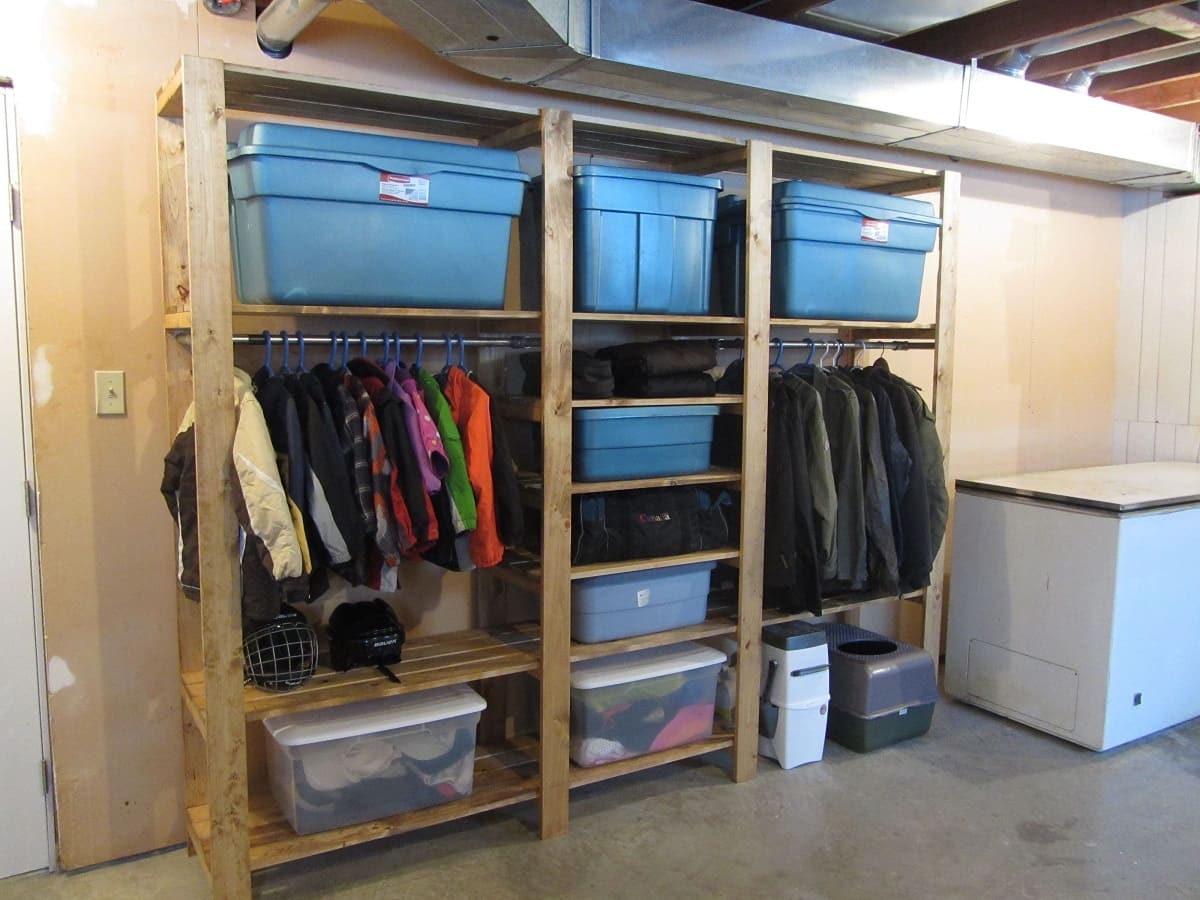

Articles
How To Store Clothes In Basement
Modified: May 6, 2024
Learn effective ways to store articles of clothing in your basement to keep them organized and protected. Find tips and techniques for proper storage to prevent damage and maximize space.
(Many of the links in this article redirect to a specific reviewed product. Your purchase of these products through affiliate links helps to generate commission for Storables.com, at no extra cost. Learn more)
Introduction
Storing clothes in the basement can be a convenient solution for those who are short on closet space or need to create additional storage. However, it’s essential to store clothes properly to ensure they remain in good condition and protected from potential damage. This article will provide you with valuable tips and techniques for storing clothes in the basement efficiently.
When it comes to storing clothes in the basement, several factors need to be considered. The basement environment, including temperature and humidity levels, can have a significant impact on the condition of your clothes. Additionally, it’s crucial to organize and protect your garments from dust, mold, and moisture.
In the following sections, we will discuss different aspects of storing clothes in the basement, such as assessing the storage space, sorting and decluttering, organizing clothes by seasons, utilizing storage bins or boxes, hanging clothes, protecting them from moisture and mold, labeling and inventorying, and creating a clothing storage system. By following these guidelines, you can efficiently manage and protect your clothes while maximizing the available space in your basement.
Let’s dive into the details of these steps and create a comprehensive guide for storing clothes in the basement.
Key Takeaways:
- Efficiently store clothes in the basement by assessing space, decluttering, organizing by seasons, utilizing storage bins, and protecting from moisture and mold. Create a functional clothing storage system for easy access and maintenance.
- Maximize basement storage space by creating a systematic clothing storage system, utilizing shelving units, and labeling and inventorying stored clothes. Protect garments from moisture and mold while ensuring easy retrieval and organization.
Read more: How To Store Furniture In Basement
Assessing the Basement Storage Space
The first step in effectively storing clothes in the basement is to assess the available storage space. Take a careful look at the layout and dimensions of your basement to determine where and how you can store your clothes.
Consider the following factors when assessing your basement storage space:
- Layout and Accessibility: Take note of any obstacles, such as support beams, water heaters, or furnaces, that may limit the available space. Ensure that your storage area is easily accessible for regular use.
- Temperature and Humidity: Basements can be prone to fluctuations in temperature and humidity. Ensure that the storage area has a relatively stable and controlled climate to protect your clothes from damage. If necessary, consider using a dehumidifier or an air conditioner to regulate the environment.
- Lighting: Make sure the storage area is adequately lit. This will assist you in finding and accessing your clothes easily.
- Cleanliness: Clean the storage area thoroughly before storing your clothes. Remove any dust, cobwebs, or potential sources of mold or pests.
- Space Optimization: Evaluate the available vertical and horizontal space. Consider using shelving units, hanging rods, or stackable storage bins to maximize the space.
By carefully assessing your basement storage space, you’ll be able to plan and utilize the area more efficiently, ensuring that your clothes are easily accessible and well-protected.
Sorting and Decluttering
Before you start storing your clothes in the basement, it’s important to sort and declutter your wardrobe. This process will help you identify which items you want to keep, donate, or discard. Sorting through your clothes will not only free up space but also make the storage process more manageable and organized.
Here are some steps to follow when sorting and decluttering:
- Empty Your Closet: Remove all your clothes from your closet and lay them out on your bed or a clean surface. This will enable you to see all your clothes at once, making it easier to make decisions.
- Separate Into Categories: Sort your clothes into categories, such as tops, bottoms, dresses, etc. This will help you identify any duplicates or items that you no longer wear.
- Assess Each Item: Go through each item and ask yourself if you still wear it, if it fits you well, and if it’s in good condition. Be honest with yourself and only keep the clothes that you truly love and regularly wear.
- Donate or Discard: Create separate piles for clothes that you want to donate or discard. Consider donating items that are still in good condition but no longer serve you, and discard damaged or worn-out clothing.
By decluttering your wardrobe, you’ll be able to create more space and ensure that you only store clothes that you genuinely enjoy wearing. This will also make it easier to find and retrieve items when needed.
Once you have decluttered your wardrobe, it’s time to move on to the next step, which is organizing your clothes by seasons. This will further optimize the storage process and help you rotate your wardrobe effectively.
Organizing Clothes by Seasons
To make it easier to find and access your clothes, it’s helpful to organize them by seasons before storing them in the basement. This method allows you to rotate your wardrobe and only have relevant items readily available.
Follow these steps to organize your clothes by seasons:
- Sort by Season: Start by separating your clothes into different piles based on the season they are suitable for. For example, set aside your warm sweaters and coats for the winter pile, lightweight dresses and shorts for the summer pile, and transitional pieces for the spring and fall piles.
- Pack Seasonal Clothes: Place each seasonal pile into separate boxes or storage bins. It’s best to use clear containers or label each box with the corresponding season to make it easy to locate specific items in the future.
- Store Out-of-Season Clothes: Now that your clothes are sorted by seasons, store the out-of-season clothes in the basement. Keep them in a designated area or on shelves where you can easily access them when needed.
- Rotate as Seasons Change: As the seasons change, rotate your wardrobe by retrieving the appropriate seasonal clothes from the basement and storing the current season’s clothes away. This will help you make the most of your storage space and keep your wardrobe organized throughout the year.
Organizing your clothes by seasons not only saves you time and effort when getting dressed but also helps preserve the condition of your garments. By storing out-of-season clothes properly, you can minimize the chances of damage from moisture, pests, or unnecessary handling.
The next step in storing clothes in the basement is utilizing storage bins or boxes. This will further protect your clothes and maximize your storage space. Let’s explore this step in detail.
Utilizing Storage Bins or Boxes
When it comes to storing clothes in the basement, using storage bins or boxes is an excellent way to protect your garments from dust, moisture, and potential damage. These containers help keep your clothes organized and minimize the risk of wrinkles, mold, or pests.
Follow these tips for effectively utilizing storage bins or boxes:
- Choose the Right Containers: Select sturdy and durable storage bins or boxes that are made of plastic or fabric material. Avoid cardboard boxes, as they may not provide adequate protection against moisture.
- Size Matters: Select storage containers that are properly sized for your clothes. Avoid containers that are too large, as they can lead to unnecessary creasing or damage to your garments. Opt for stackable bins to maximize vertical storage space.
- Label and Categorize: Label each storage container with the contents inside. This will make it easier to locate specific items when needed. You can also categorize the containers based on different types of clothing or seasons for added convenience.
- Keep Like Items Together: Place similar items together in each storage container to maintain organization and make it easier to find specific items later. For example, keep all your sweaters in one container, t-shirts in another, and so on.
- Add Mothballs or Anti-Moth Products: To protect your clothes from moths and other insects, consider adding mothballs or anti-moth products to each container. These products help repel pests and prevent them from damaging your garments.
By using storage bins or boxes, you can keep your clothes neatly organized while providing them with an extra layer of protection. Remember to place the containers in a clean and dry area of the basement to prevent moisture or mold buildup.
The next step to consider when storing clothes in the basement is hanging them properly. Hanging your clothes can preserve their shape and make it easier to access specific items. Let’s explore this step further.
Store clothes in plastic bins with tight-fitting lids to protect them from moisture and pests in the basement. Use cedar blocks or lavender sachets to deter moths. Keep the bins off the floor on shelves or pallets to prevent water damage.
Read more: How To Store Books In Basement
Hanging Clothes in Basement
Hanging your clothes in the basement is an excellent option for items that are best stored wrinkle-free or that are delicate and prone to damage when folded. Hanging clothes can also make it easier to see and access specific items in your wardrobe.
Here are some guidelines for effectively hanging clothes in the basement:
- Invest in Sturdy Hanging Rods: Install sturdy and reliable hanging rods in your basement storage area. Make sure they can support the weight of your clothes without bending or sagging.
- Use High-Quality Hangers: Choose high-quality hangers made of wood or plastic and avoid wire hangers that may bend or damage your clothes. Select hangers that are suitable for the specific garment type, such as padded hangers for delicate fabrics.
- Categorize Clothing: Group your clothes by category or type when hanging them. This can include separating dresses, shirts, pants, or jackets to create a more organized and easily accessible wardrobe.
- Leave Space Between Garments: Avoid crowding your clothes on the hanging rod. Leave enough space between each item to prevent them from getting wrinkled or damaged. This will also make it easier to browse through your clothes without disturbing the rest of the collection.
- Protect with Covers: Consider using garment covers or breathable fabric bags to protect your hanging clothes from dust or potential moisture in the basement.
When hanging your clothes, be mindful of the basement environment. Ensure that the area is clean, dry, and maintained at a suitable temperature and humidity level to prevent any damage to your garments.
Now that we’ve covered hanging clothes, let’s move on to the important step of protecting clothes from moisture and mold in the basement.
Protecting Clothes from Moisture and Mold
Protecting your clothes from moisture and mold is crucial when storing them in the basement. Basements are often more prone to dampness and high humidity levels, which can result in musty odors, mold growth, and damage to your garments.
Follow these tips to safeguard your clothes from moisture and mold:
- Control the Basement Environment: Maintain a controlled environment in the basement by using dehumidifiers or air conditioners to regulate both temperature and humidity. Keeping humidity levels between 30% and 50% is ideal for preventing mold and mildew growth.
- Avoid Direct Contact with the Floor: Elevate your stored clothes by using shelves, racks, or pallets to prevent them from coming into direct contact with the basement floor. This helps to minimize the risk of moisture seeping into your garments.
- Use Desiccants: Place desiccant packs or moisture-absorbing products like silica gel packets inside the storage containers to absorb any excess moisture and maintain a dry environment.
- Check for Leaks or Water Intrusion: Regularly inspect your basement for any signs of leaks, water intrusion, or condensation. Address any issues promptly to prevent water damage to your clothes.
- Avoid Plastic Bags: While it may seem tempting to pack your clothes in plastic bags, they can trap moisture and promote mold growth. Opt for breathable storage containers or fabric bags that allow air circulation.
- Keep Basements Clean: Regularly clean your basement to remove any dust, debris, or potential sources of mold or mildew. This helps to create a cleaner and healthier environment for storing your clothes.
By implementing these protective measures, you can effectively reduce the risk of moisture and mold damage to your stored clothing. Taking proactive steps to maintain a dry and clean basement environment will help preserve the quality and longevity of your garments.
The next step in storing clothes in the basement is labeling and inventorying your stored items. Let’s explore this step further.
Labeling and Inventorying Stored Clothes
Labeling and inventorying your stored clothes in the basement is essential for easy retrieval and organization. Keeping track of what you have stored will save you time and effort when you need to locate specific items.
Here are some tips for labeling and inventorying your stored clothes:
- Label Storage Containers: Clearly label each storage container with the contents inside. Include details such as the season, type of clothing, or specific categories. This will make it easier to identify and locate items when you need them.
- Create an Inventory List: Maintain an inventory list or spreadsheet that lists all the clothes you have stored in the basement. Include details such as item descriptions, sizes, colors, and the corresponding container they are stored in. This list will serve as a reference to quickly locate specific items.
- Take Photos: To provide visual reference, consider taking photos of the clothes before storing them in the basement. The photos can be included in your inventory list or stored separately as a visual catalog.
- Update the Inventory: Regularly update your inventory list to add new items or remove items that you have taken out of storage. This will ensure that your inventory remains accurate and up to date.
- Keep the Inventory Visible: Store a copy of your inventory list in a visible and easily accessible location. You can also store a digital copy on your computer or smartphone for convenience.
Labeling and inventorying your stored clothes will help streamline the retrieval process and prevent unnecessary digging or searching through multiple containers. It allows you to have a clear overview of your stored items and helps you maintain an organized basement storage system.
Now that you have learned about labeling and inventorying, let’s move on to the final step of creating a clothing storage system in the basement.
Creating a Clothing Storage System in Basement
To effectively store and manage your clothes in the basement, it’s important to create a systematic storage system. This system will help you optimize space, maintain organization, and easily access your garments when needed.
Here are some tips for creating a clothing storage system in the basement:
- Utilize Shelving Units: Install sturdy and adjustable shelving units to maximize vertical space. This will allow you to stack storage containers, place folded clothes, or display shoes and accessories neatly.
- Allocate Specific Areas: Assign dedicated areas for different types of clothing or seasons. For example, designate a section for winter clothes, another for summer clothes, and so on. This will make it easier to locate items based on your needs.
- Arrange Clothes by Frequency of Use: Organize your clothes based on how often you use them. Keep frequently worn or seasonal items within reach, while less frequently used items can be stored in higher or less accessible areas.
- Group Similar Items: Group similar items together to create an organized and visually appealing storage system. This can include grouping clothes by color, style, or type of fabric.
- Create a Display Area: Reserve a space to showcase special or sentimental garments that you want to display. This can be a small clothing rack or a designated area with hangers for these items.
- Leave Room for Growth: Allow for future growth or changes in your wardrobe by leaving some extra space on the shelves or in the storage containers. This will accommodate any new purchases or adjustments to your clothing collection.
By creating a clothing storage system in the basement, you can transform your space into an organized and functional area for storing and accessing your clothes. Remember to regularly maintain and reevaluate your system to ensure it remains efficient and suits your evolving needs.
As a final note, it’s essential to periodically check on your stored clothes, especially after changes in seasons or extended periods of storage. This will help identify any issues such as mold, pests, or fabric damage, allowing you to promptly address and resolve them.
With these guidelines, you are now equipped with the knowledge to store your clothes in the basement effectively. By following these steps, you can ensure that your garments remain in good condition, easily accessible, and properly protected.
Happy organizing and storing!
Read more: How To Store Books In A Damp Basement
Conclusion
Storing clothes in the basement can provide much-needed extra storage space for your wardrobe. However, it’s crucial to approach the process with care to ensure that your clothes remain in good condition and easily accessible. By following the steps outlined in this article, you can create an organized and efficient clothing storage system in your basement.
First, assess your basement storage space, considering factors such as layout, temperature, humidity, lighting, and cleanliness. This will help you determine the best area for storing your clothes and allow you to make necessary preparations to optimize the environment.
Next, sort and declutter your clothes before storing them in the basement. This step will not only free up space but also make it easier to locate and retrieve specific items when needed. Organizing your clothes by seasons further enhances efficiency and allows for easy rotation of your wardrobe throughout the year.
Utilizing storage bins or boxes helps protect your clothes from dust, moisture, and potential damage. Opt for sturdy containers and label them accordingly for easy identification. Hanging clothes in the basement provides a wrinkle-free storage option, especially for delicate items. Choosing the right hangers and leaving adequate space between garments will preserve the shape and condition of your clothes.
Protecting clothes from moisture and mold is essential in the basement environment. Control the basement climate, use desiccants, and regularly check for water intrusion or leaks to prevent damage to your garments. Labeling and inventorying stored clothes enable easy retrieval and organization, while creating a clothing storage system with shelving units ensures maximum space utilization and accessibility.
In conclusion, with proper planning and organization, storing clothes in the basement can be a practical and efficient solution for maximizing storage space. By following the steps outlined in this article and being mindful of the basement environment, you can protect your clothes and create a functional storage system that keeps your wardrobe organized and easily accessible.
Remember to periodically check on your stored clothes and make any necessary adjustments to maintain their quality. With these guidelines, you are well-equipped to store your clothes in the basement effectively and enjoy an organized and clutter-free wardrobe.
Happy storing!
Now that you've got the scoop on keeping clothes spotless and organized in your basement, why stop there? If you're eager to overhaul your entire basement area, our guide on best basement storage solutions has practical solutions that'll transform it into a neatly arranged haven. And don't let a cramped living room cramp your style; our space-saving organizing tips will help you reclaim space, making your living area feel bigger and more inviting.
Frequently Asked Questions about How To Store Clothes In Basement
Was this page helpful?
At Storables.com, we guarantee accurate and reliable information. Our content, validated by Expert Board Contributors, is crafted following stringent Editorial Policies. We're committed to providing you with well-researched, expert-backed insights for all your informational needs.
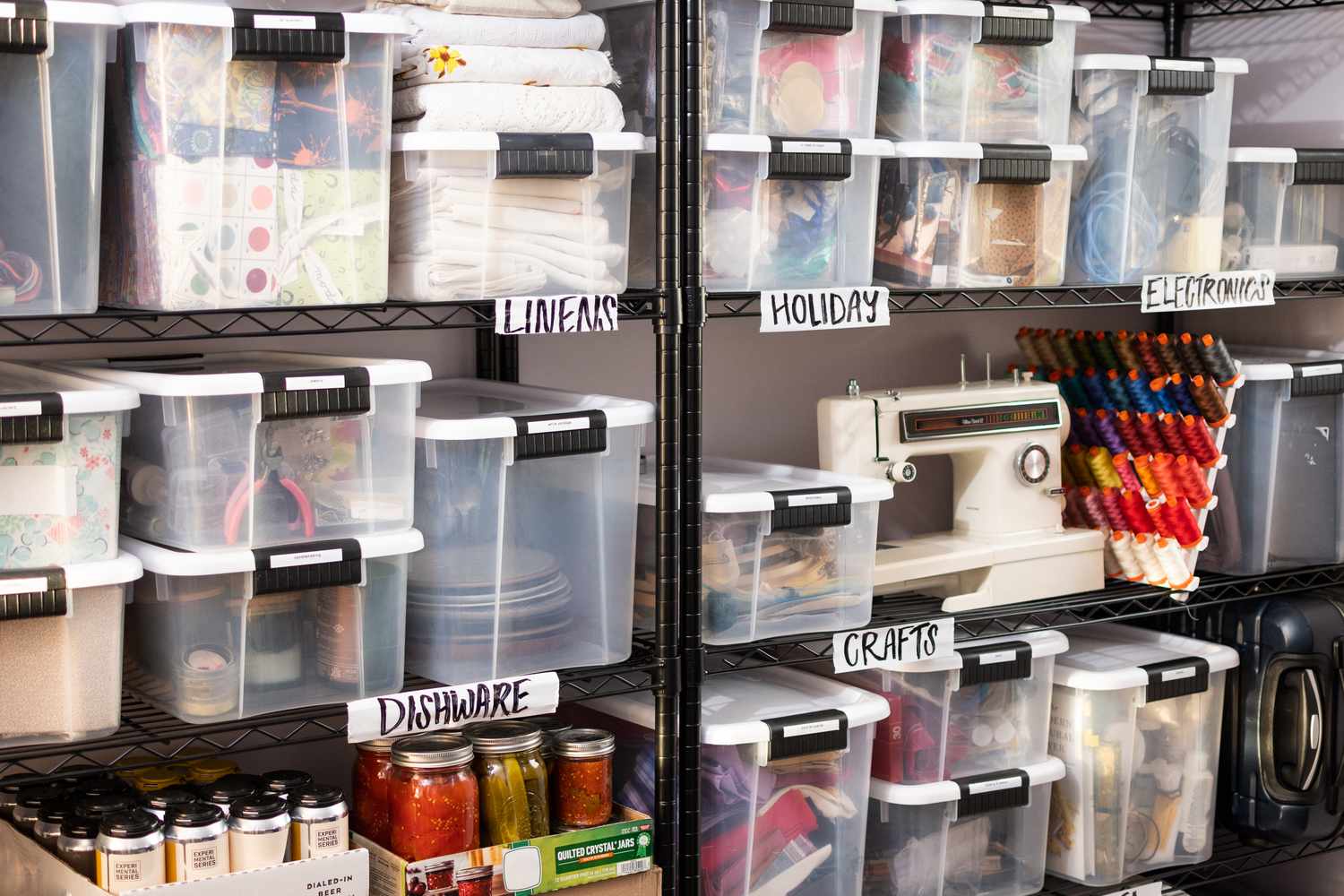
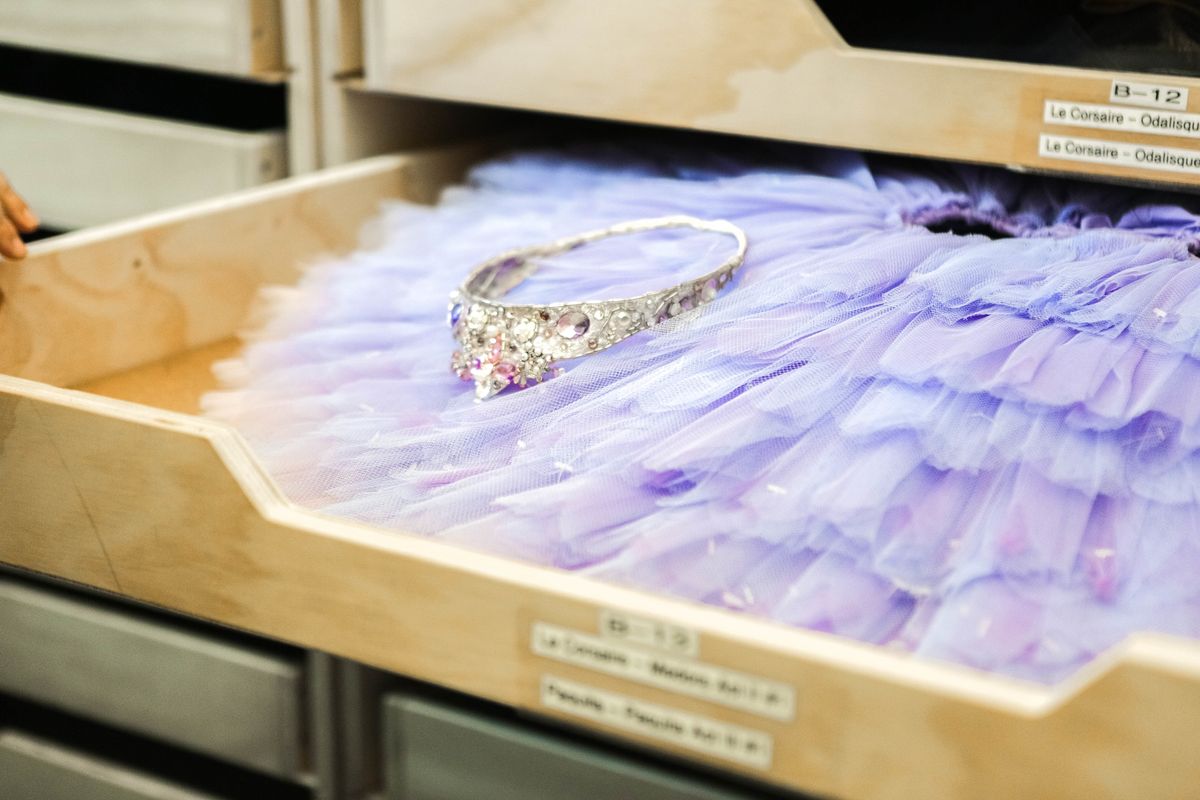



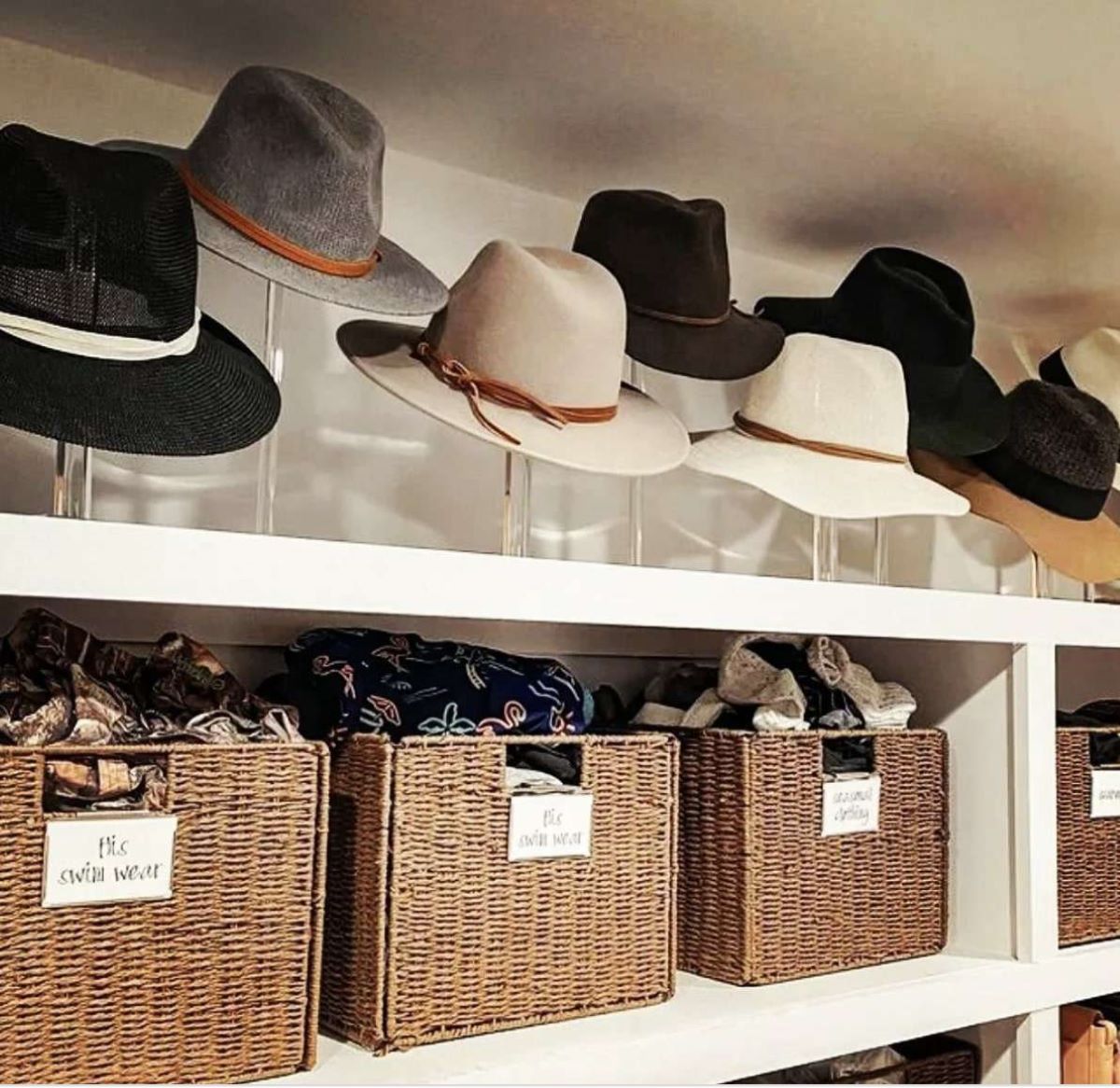

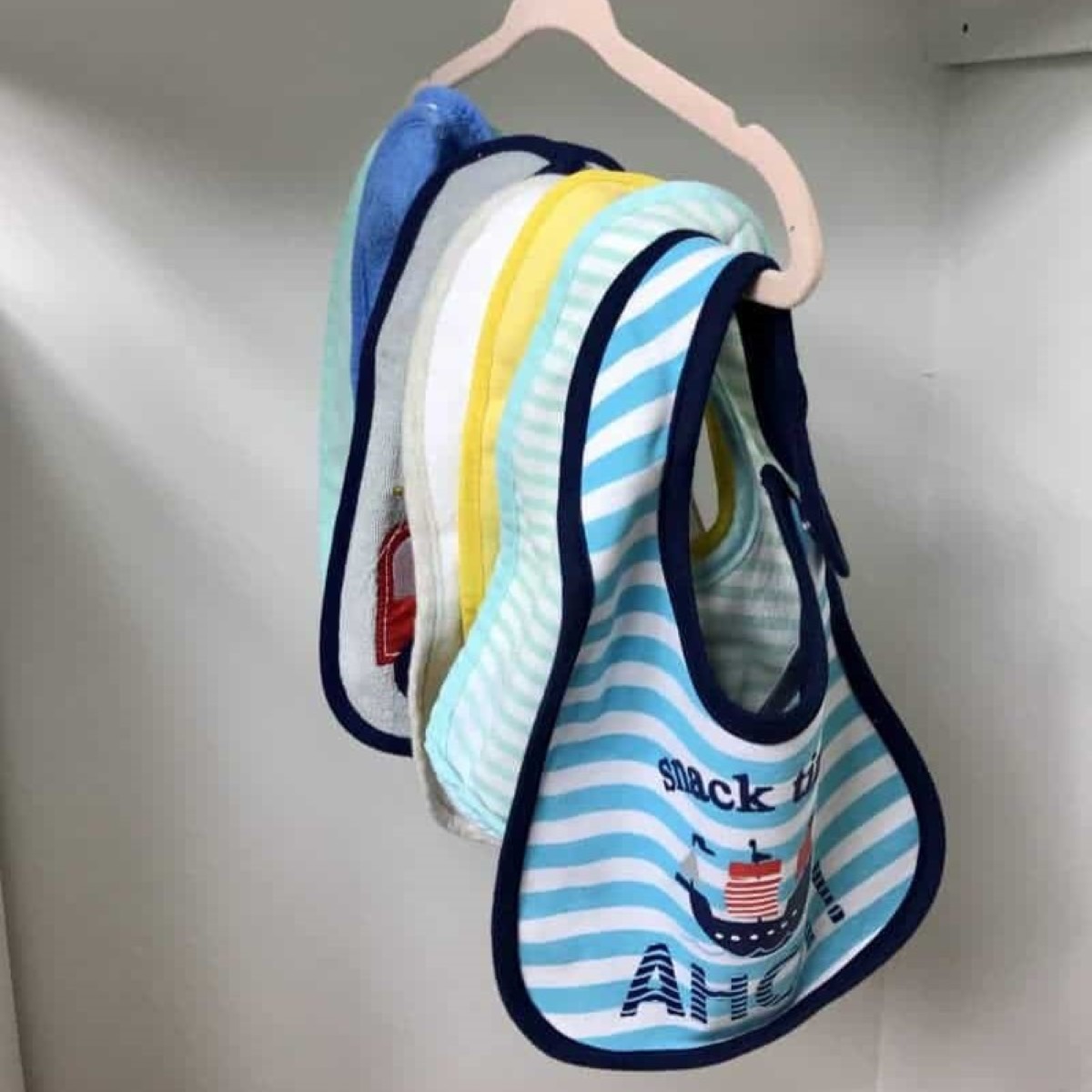
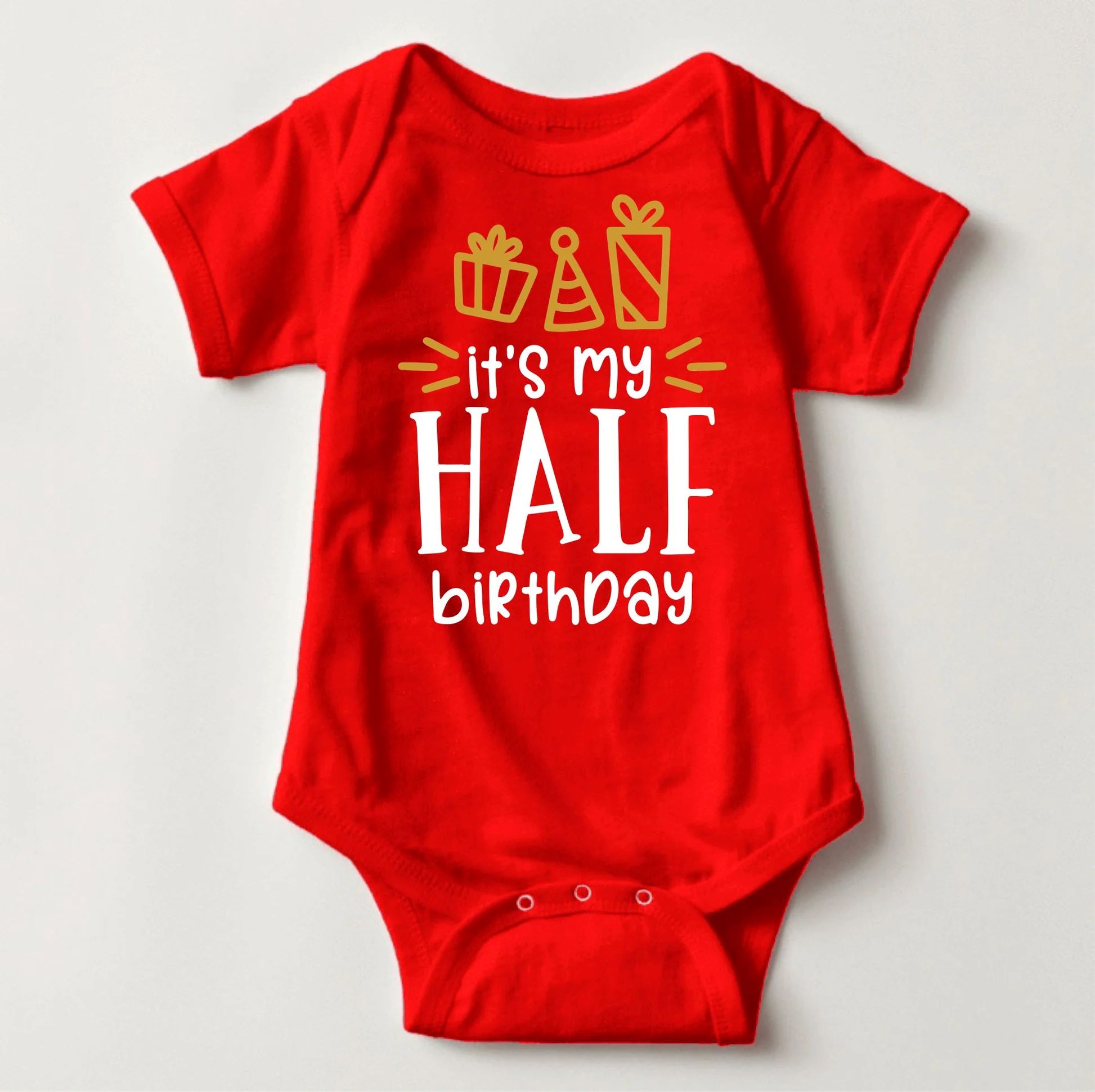
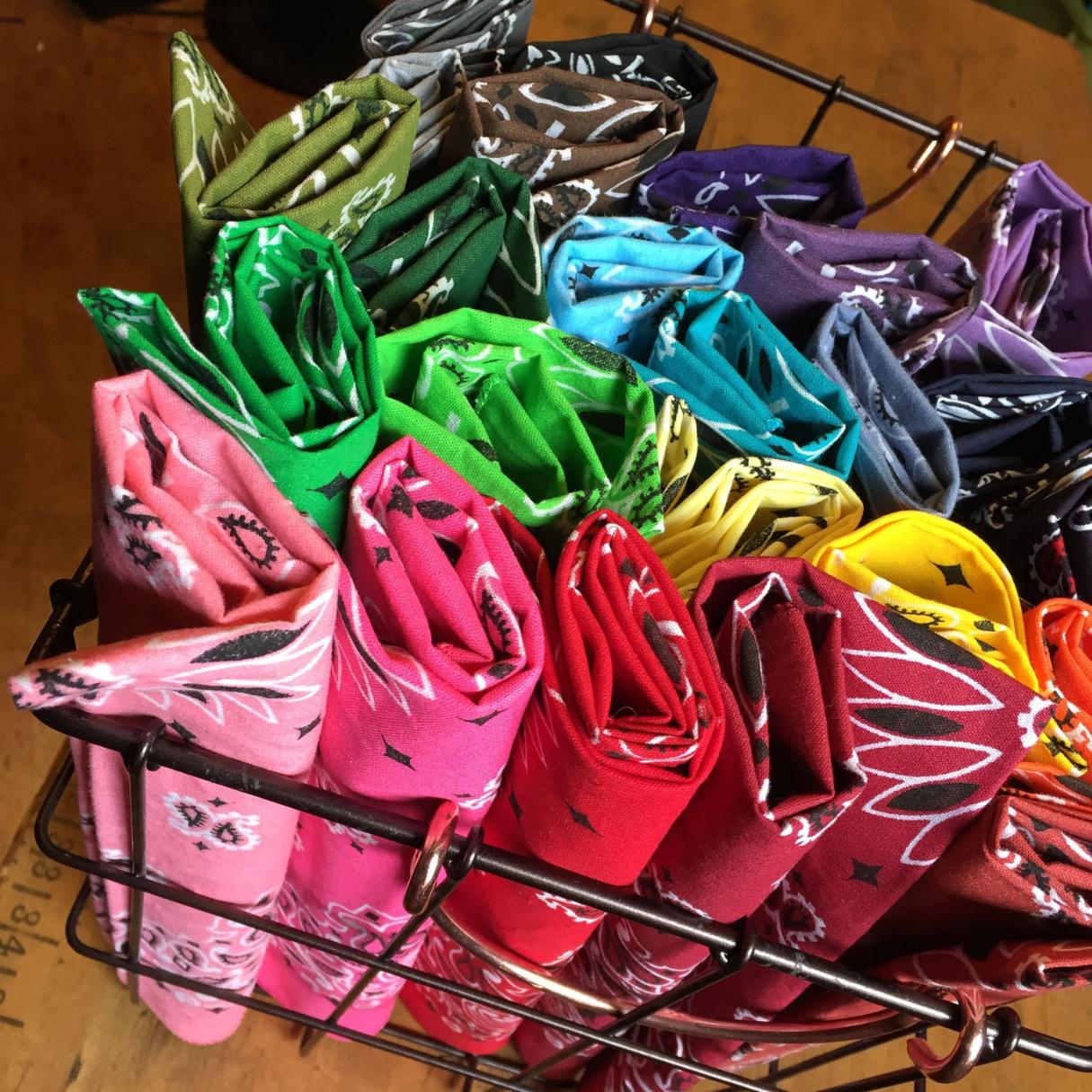




0 thoughts on “How To Store Clothes In Basement”